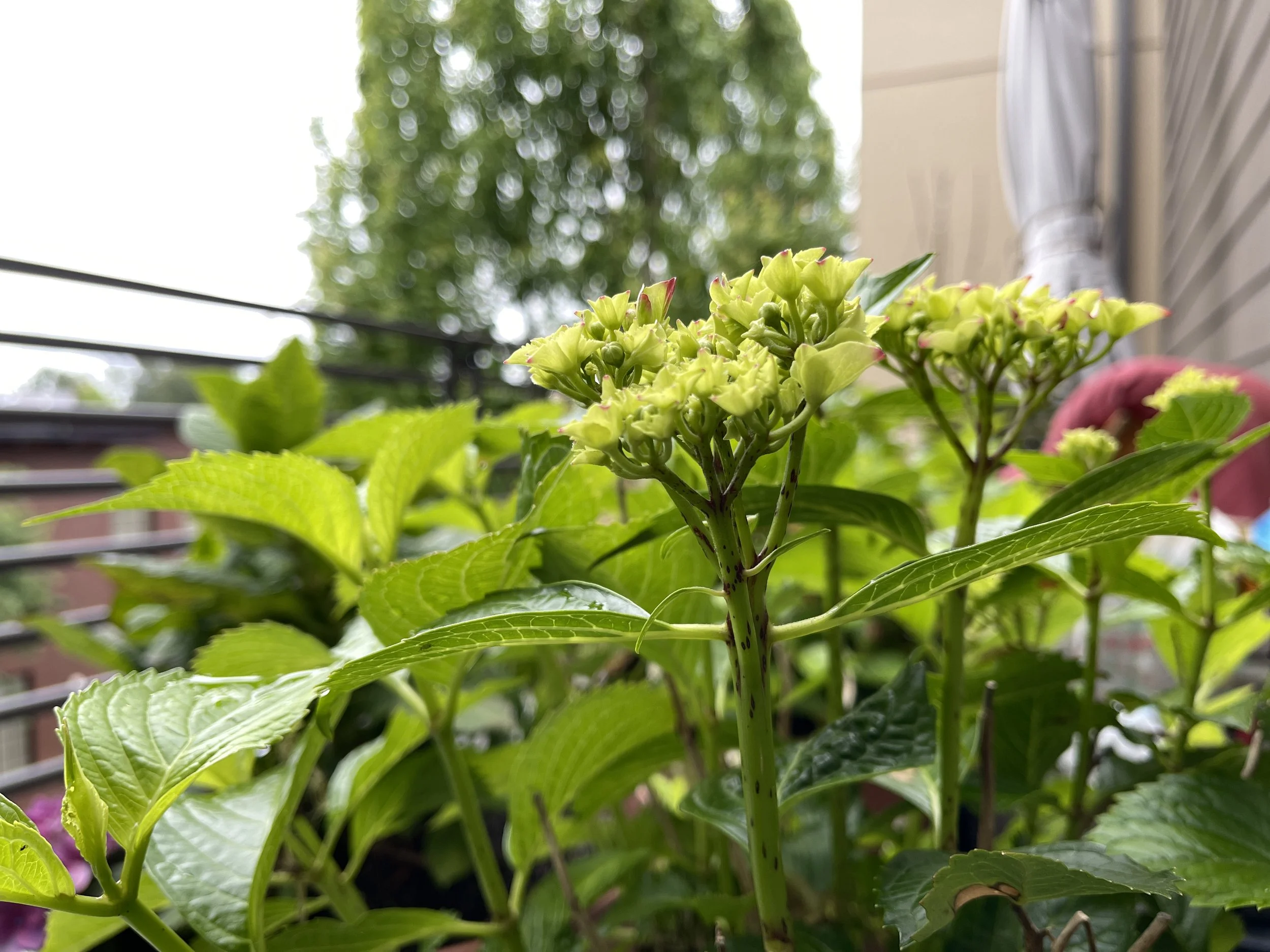Growing in Rich Soils
Like hydrangeas, we all have unique attributes that we can offer the world. Let’s see what we can do to encourage every child and every grown-up feel just a bit safer and a bit more loved every day, so that we all can grow up to show off our brilliant colors whether they turn out to be pink or blue or any combination of the two.
Hydrangeas are amazing plants. Maybe I’m biased a bit since I live up here in the Northwest where they do particularly well and tend to not require a lot of extra care than watering them during dry spells that can happen during the summer. But they keep their blooms so long and those blooms are bright and brilliant for so much longer than most flowers. Their rich, leafy stocks make me smile every time I see them.
They also do something that I find rather magical. They can change the color of their blooms based on the acid content in the soil they’re planted in. If the soil is more acid-based, the blooms tend to be blue. If the soil is more basic then they tend to be pink or red and if the soil is balanced along the spectrum then they can be an interesting purple or even some combination of pinks and blues.
The soils I’ve planted my hydrangeas in have been more basic which means I enjoy nice pink blooms all summer. But I’ve thought about switching things up next year perhaps by adding some soil conditioners that can change hydrangea colors by adding more acid-levels to soils. I’m eager to experiment with that. And that’s made me think about how similar, in some respects, we are to hydrangea plants.
We, too, change to fit our environments, or our “soil” metaphorically speaking. Our human ability to adapt to challenging situations is truly remarkable. I’ve had the chance to volunteer in schools and after school programs in many parts of the country over the years, and it has been absolutely incredible to see kids in some of the most difficult circumstances seem so resilient and hopeful. Thinking back on the interactions I had with so many brings so much hope and humility to me to realize the depth of these kids’ strength to push on against all odds.
Sadly, however, so many of those resilient and hopeful kids, too, statistically speaking, face some very stark realities. So what are we supposed to do then? How can help kids to maintain their hope and bright prospects that so often gets beaten out of them as they grow up? And how can we, if we might have been those kids ourselves, or be parents who, at no fault of your own, are brutally aware of the challenges your kids face?
I am not a child psychologist nor do I have kids of my own, so I absolutely am not qualified to make suggestions about parenting or child care. Where I am tried to focus, and where all of us can join forces together on achieving, is that we can be the mentors, the classroom assistants, the volunteers, the church leaders, the coaches, the smiling face at the grocery store, the neighbor, and the friend to both children and parents. It’s been used so often that it’s now somewhat trite to say that it takes a village to raise a child. I would take a slightly different spin on that saying though. What kind of village to we want kids to be raised in? Every child is raised by some village. We can be a force for kid to encourage that village to be a healthy and hopeful place where kids feel supported and loved and appreciated.
Like hydrangeas, we all have unique attributes that we can offer the world. Let’s see what we can do to encourage every child and every grown up feel just a bit safer and a bit more loved every day, so that we all can grow up to show off our brilliant colors whether they turn out to be pink or blue or any combination of the two.
